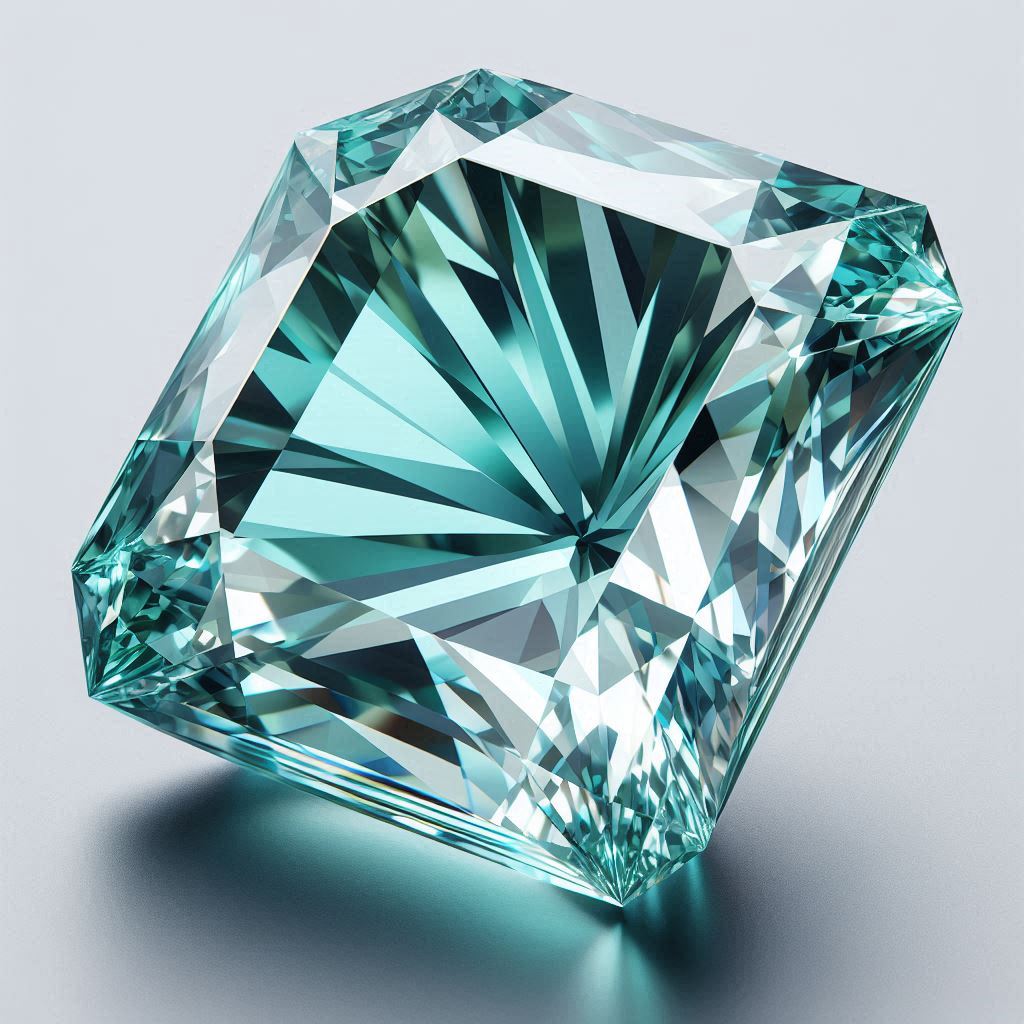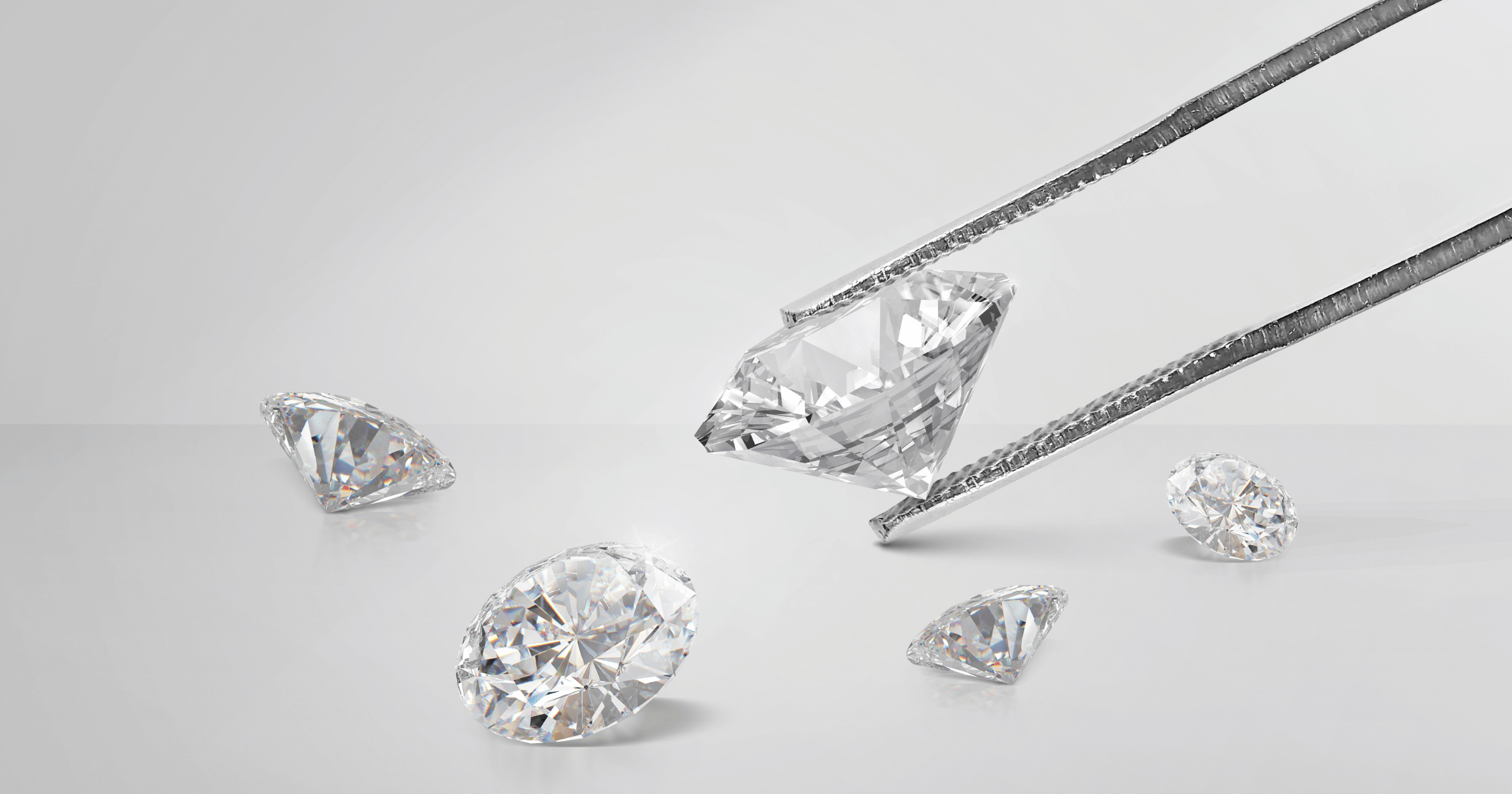Lab diamond rings have gained immense popularity in recent years due to their ethical sourcing, environmental benefits, and the ability to offer high-quality diamonds at more affordable prices. One key component of a lab diamond ring is the setting, with “claws” being one of the most common styles. The claws of a lab diamond ring not only contribute to the aesthetic beauty of the piece but also play a vital role in securing the diamond in place. In this article, we will explore everything you need to know about lab diamond rings claws, including their function, different types, and how they enhance the overall appeal of the ring.
Table of Contents
ToggleWhat Are Lab Diamond Rings Claws?
Lab diamond rings claws are the small prongs or metal arms that hold the diamond in place on the ring band. These claws are carefully designed to ensure that the diamond stays secure while allowing maximum light exposure to enhance the brilliance and sparkle of the stone. The purpose of the claws is not only functional but also contributes to the overall design of the lab diamond ring.
When it comes to lab diamond rings, claws come in various shapes, sizes, and designs, allowing for customization to suit individual tastes. Whether you’re looking for a classic or modern style, lab diamond rings claws provide a secure and elegant way to showcase your diamond.
The Function of Claws in Lab Diamond Rings
The primary function of claws in lab diamond rings is to hold the diamond firmly in place. Because diamonds are often cut with many facets, the claws ensure that the stone does not shift or fall out. Without proper claws, the risk of losing or damaging the diamond increases.
In addition to security, claws in lab diamond rings also serve an aesthetic purpose. They allow for maximum light reflection by lifting the diamond above the band. This exposure to light is essential for the diamond to achieve its signature sparkle. The claws are designed to secure the diamond without covering too much of the stone, which is why they are often delicate and minimalistic.
Types of Claws for Lab Diamond Rings
There are several types of claws used in lab diamond rings, each offering a different look and feel. Here are some of the most common types:
1. V-Claws
V-claws are shaped like a “V,” with two prongs that meet at a point to secure the diamond. This design is ideal for creating a modern, sleek look while still providing strong security for the diamond.
2. Round Claws
Round claws are typically used in traditional or vintage-inspired designs. The round shape of the prongs is both classic and elegant, providing a balanced and symmetrical appearance to the diamond ring.
3. Basket Claws
Basket claws feature a more intricate design, with multiple prongs that form a basket-like structure around the diamond. This style offers extra security while showcasing the diamond in a more sophisticated way.
4. Trellis Claws
Trellis claws are a popular choice for engagement rings, as they allow the diamond to sit securely while also providing a unique, crisscrossing design. This style enhances the overall visual appeal and creates a distinctive setting for your lab diamond ring.
Why Are Claws Important in Lab Diamond Rings?
Claws are an essential part of any lab diamond ring because they ensure the stone is securely held in place. Without claws, the diamond could shift, become loose, or even fall out. This is especially important for people who wear their rings every day, as daily activities could cause the diamond to loosen without the proper setting.
Additionally, claws in lab diamond rings help to enhance the diamond’s brilliance. By lifting the stone above the band and minimizing any metal obstruction, claws allow for maximum light to enter the diamond, increasing its sparkle and overall visual impact.
How to Choose the Right Claws for Your Lab Diamond Ring
Choosing the right claws for your lab diamond ring depends on a few factors, including the style of the ring, your personal preferences, and the size of the diamond. When selecting claws, it is important to consider the following:
- Style Preferences
The design of your claws should align with your overall ring style. If you prefer a minimalist, modern look, you might want to choose sleek, minimal claws. On the other hand, if you enjoy more intricate designs, basket or trellis claws may be the right fit for your lab diamond ring. - Diamond Size
The size of your diamond also plays a role in choosing the right claws. Larger man made diamonds may require more prongs or stronger claws to ensure the stone is securely held in place, while smaller diamonds may work well with fewer or more delicate claws. - Comfort
Claws in lab diamond rings should also be comfortable to wear. Ensure that the claws do not scratch your skin or catch on clothing by checking for smooth edges. A professional jeweler can help adjust the claws to ensure they’re both functional and comfortable.
Caring for Your Lab Diamond Rings Claws
Proper care and maintenance are essential for ensuring that your lab diamond rings claws remain in good condition. Over time, the claws may become loose or damaged due to everyday wear. It is important to inspect your lab diamond ring regularly to check that the claws are still holding the diamond securely.
If you notice any damage or loosening of the claws, it is best to take your ring to a professional jeweler for repairs. Regular cleaning and checking of the claws will help maintain the beauty and functionality of your lab diamond ring for years to come.
Conclusion
Lab diamond rings claws are an essential feature that combine both beauty and function in a diamond ring setting. Whether you prefer a classic look with round claws or a more modern feel with V-claws, these prongs play an important role in securing your diamond and allowing it to shine. By choosing the right type of claws and maintaining their condition, you can ensure that your lab diamond ring remains a timeless and beautiful piece for years to come.




